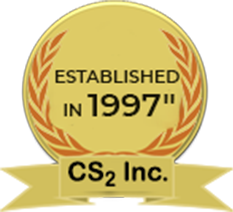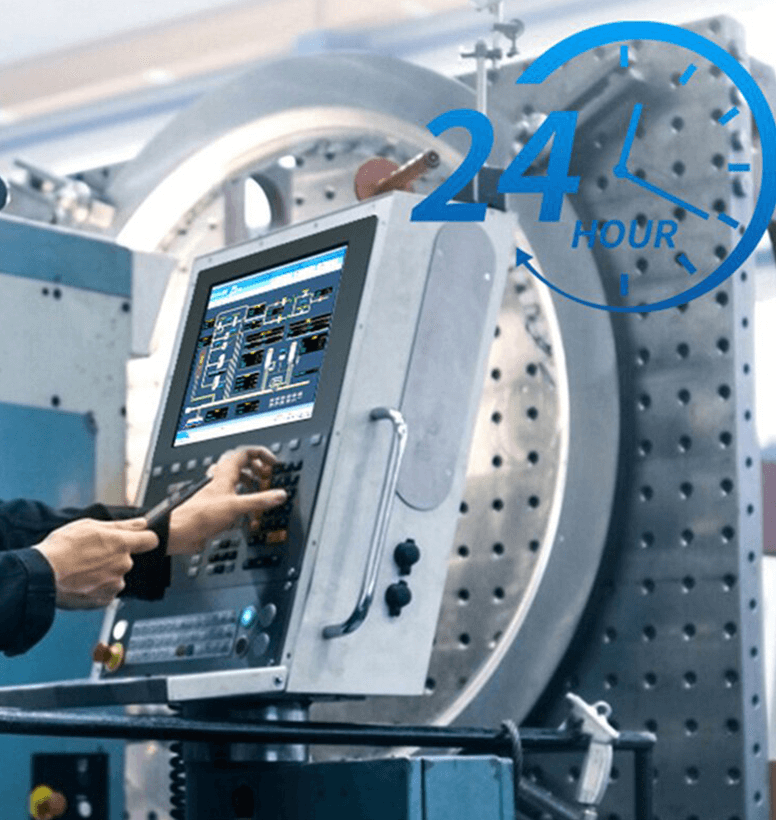Plant engineers and operators typically use paper and clipboards when completing inspections, checklists, calibrations, maintenance work, inventories, etc. With the recent availability of Class 1, Division 1 and Class 1, Division 2 tablets, the plants are undergoing a digital transformation of their paper-based systems and procedures.
The digital transformation process begins with identifying paper-based systems and procedures to convert to digital form. The operating system, software, and tablets must then be selected. This is usually the hardest step due to the vast differences between the operating systems and tablets and the unique needs of each affected department. Once selected, the software and tablets undergo testing and studies in the field to gain user insight and measure performance results. The digital transformation is then finalized, and the paper and clipboards are replaced with tablets and software.
Recently chemical, oil & gas, and hazardous waste incineration plants have begun pursuing digital transformation projects. The use cases are different for each plant, and range from compliance and safety inspections, to annual integrity checklists, to digital maintenance procedures, and more. All projects resulted in time savings, improved data collection and quality, and improved worker satisfaction.
This paper discusses intrinsically safe mobile tablets that are currently available for Class 1, Division 1 and Class 1, Division 2 environments. This paper also discusses recent use cases from plants throughout the US and some potential use cases





